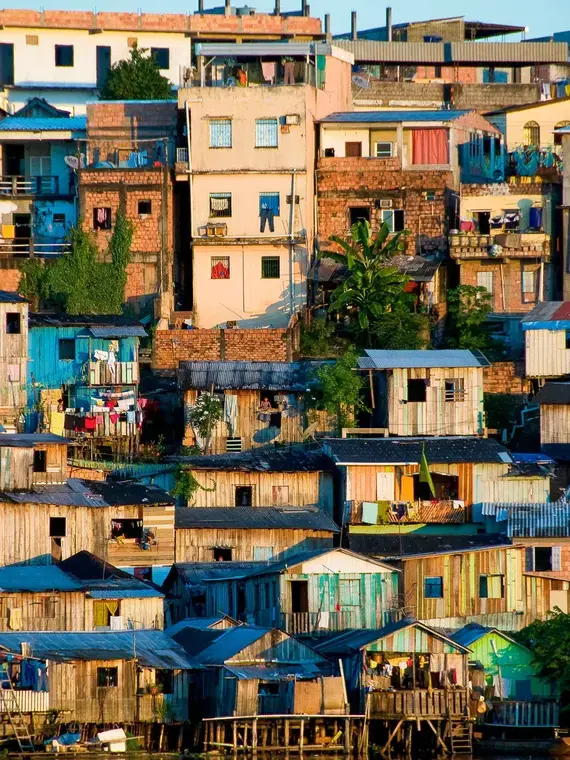After decades of destruction, the fate of the Amazon rainforest is finally on the global agenda. Yet even as the world anguishes over how to prevent the collapse of this storied tropical biome, another Amazonian crisis barely rates mention: dysfunctional urbanization. Of the 28 million inhabitants of the Brazilian Amazon (the lion’s share of the river basin), 22 million live in cities, up seven-fold since 1970. Amazon cities lag the region in well-being and human development. Public health is precarious; COVID-19 turned Manaus into a mortuary. Jobs are scarce. Violence flourishes. The Amazon is home to four of Brazil’s 15 deadliest cities and a fifth of all its homicides. For all the alarm over burning forests, urban fires are a headline emergency across the Amazon, choking the skies and filling emergency rooms.
No one marches to save the cities, but neither is there hope for safeguarding the rainforest without tending the towns where 76% of Amazonians live. The good news is that Amazon cities, like cities everywhere, can be catalysts of change. Cities are key innovation hubs for the nature-based economy that is vital to adding value to the Amazon’s rudimentary extractive industries. As dismal as they are today, urban residents live better—closer to schools, jobs, health care, policymakers—than in the forgotten backcountry they left behind. In a series of articles for Bloomberg CityLab, this project will look at the crises and challenges of the urban Amazon frontier and how creating sustainable rainforest cities is critical to creating wealth, opportunity, and sensible development for the entire river basin.











